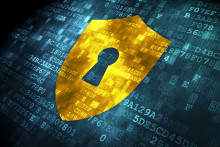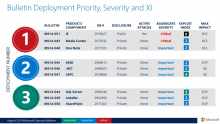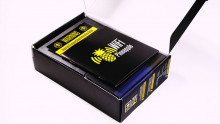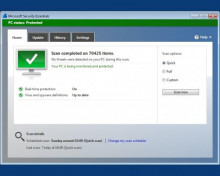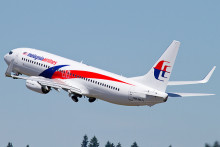How to reduce the risk of insecure firmware in office gear
A firmware study that found dozens of security problems affecting more than 120 products is a reminder to businesses to segregate and control access to networked office gear, experts say.
Researchers with Eurecom, a technology-focused graduate school in France, conducted the study on more than 30,000 firmware images taken from the websites of Siemens, Xerox, Bosch, Philips, D-Link, Samsung, LG, Belkin and other manufacturers.














































